This article was medically reviewed by Erik Kramer, DO, MPH. Dr. Erik Kramer is a Board-Certified Primary Care Physician at the University of Colorado. With over 15 years of experience, his clinical interests include obesity and weight management, diabetes care, and preventive care, as well as embracing a holistic approach to primary care. He received his Doctorate in Osteopathic Medicine (D.O.) from the Touro University Nevada College of Osteopathic Medicine and completed his residency at Central Maine Medical Center. Dr. Kramer is a Diplomate of the American Board of Obesity Medicine.
There are 9 references cited in this article, which can be found at the bottom of the page.
This article has been viewed 6,697 times.
Rhabdomyolysis is a rare condition that breaks down muscles after a significant injury or overexertion. It’s treatable and you can make a full recovery, but it’s a medical emergency that requires immediate attention. If you’ve recently received an injury and notice early symptoms of rhabdomyolysis, visit the hospital right away for treatment. With early intervention, you should recover with no lasting effects.
Steps
Seeking Medical Attention
-
1Go to the hospital if you experience symptoms of rhabdomyolysis. While this condition is treatable, it’s serious and early intervention increases your chances of a full recovery. The “triad” of symptoms are intense muscle pain, weakness, and dark red or tea-colored urine.[1] You might also experience muscle swelling, decreased urine output, general fatigue, and a fever. If you experience these symptoms, go to the hospital right away for treatment.[2]
- This condition can occur after a significant injury, like a car crash or bad muscle pull. It can also happen after tough physical exertion, like running a marathon. If you experience these symptoms after an injury or exerting yourself harder than normal, seek medical attention right away.
- Increasing the intensity of your workouts too quickly is a common risk factor for this condition. For instance, a tough workout like Crossfit or P90X may push your body too far if you're overexerting yourself. Allow yourself to build up your endurance.
- Time is crucial if you have rhabdomyolysis. It might take a few days for your doctor to see you, so going to the emergency room is much better.
-
2Examine your skeletal muscles for signs of swelling or breakdown. The doctor will probably examine your muscles when you show rhabdomyolysis symptoms. They'll be looking for a red, swollen muscle by feeling with their fingers. Show them the area that hurts so they can assess whether there is swelling or degeneration, which indicates rhabdomyolysis.[3]
- Remember to mention if you've recently had an injury, since this can trigger rhabdomyolysis. Doctors can make a quicker diagnosis if they know about an injury.
- People with rhabdomyolysis don't always show symptoms in their muscles, so the doctor will probably run other tests if they suspect you have the condition.
Tip: It's possible that your muscle symptoms may be caused by acute inflammation. However, it's best to see your doctor for a proper diagnosis.
Advertisement -
3Test the myoglobin levels in your urine to confirm rhabdomyolysis. Your body produces myoglobin when muscle tissues break down. This then comes out in your urine, which causes the red color. At the hospital, doctors will test the myoglobin levels in your urine. If the level is high, the doctor will begin treatment for rhabdomyolysis.[4]
- Keep in mind that myoglobin has a short half-life of just 2-3 hours, so your levels will likely return to normal after 6-8 hours. It's possible for this symptom to be missed if you wait to seek treatment.
- Doctors will also question you about your symptoms. Tell them if you’ve recently had an injury or exerted yourself very hard. They will probably examine the area that hurts for other symptoms of rhabdomyolysis.
-
4Have a blood test to see if your CK or potassium levels are high. Rhabdomyolysis won't occur unless your CK levels rise to at least 5 times the upper limit of normal. These compounds in your blood could indicate a muscle injury and rhabdomyolysis. Besides a urine test, your doctors may also take blood samples to confirm if you have the condition.[5]
- Blood test results may take some time, so if the doctors think you do have rhabdomyolysis, then they'll probably start treatment before getting the results. Treatment delays make recovery more difficult.
Improving Your Condition
-
1Flush the myoglobin out of your body with an immediate IV drip. Removing the myoglobin as soon as possible is the main way to prevent lasting damage from rhabdomyolysis. Doctors do this with a saline IV drip to rehydrate you and flush the myoglobin out of your blood.[6]
- Depending on your condition, this may be done in a normal hospital room or an intensive care unit. The ICU is used for people coming to the hospital with significant injuries.
-
2Take diuretics to help your body get rid of myoglobin. The doctors may also try to speed up your body flushing out the myoglobin with diuretics. These drugs make you urinate more, which pushes out more myoglobin. Doctors will administer these medications in your IV drip.[7]
- Diuretics don't work well on their own, so the doctors will use them in conjunction with another treatment like an IV drip.
- Doctors may also prescribe a diuretic pill to take after you leave the hospital. This can flush out any remaining myoglobin.
Did You Know? Your doctor probably won't prescribe loop diuretics unless you're fluid overloaded because they can leach calcium from your body. This can cause your calcium levels to go down.
-
3Stop taking any medications that can cause the condition. In addition to injuries, some drugs can also cause rhabdomyolysis if you have an underlying medical condition. These include statins, antivirals, and antipsychotics. If you’re on these medications and show rhabdomyolysis symptoms, the doctor will probably take you off them.[8]
- Some drugs that have caused the condition are Nicolar, Sandimmune, Retrovir, Erythromycin, and some corticosteroids.[9]
- Usually people only experience rhabdomyolysis from these medications if they have a serious liver condition, meaning their bodies can’t process the drugs correctly.
- Remember that rhabdomyolysis is a rare condition and it’s extremely unlikely that taking these medications will cause it. Don’t be afraid if your doctor prescribes them for you.
-
4Complete dialysis treatment if the condition damaged your kidneys. If the IV drip doesn’t clear all the myoglobin out of your system or the condition wasn’t diagnosed soon enough, your kidneys may be damaged. In this case, you’ll need dialysis treatment. This treatment pumps fluids into your body and pulls out the waste products that your kidneys can’t process. It prevents further waste buildup and helps you recover.[10]
- If you received quick treatment, then the dialysis will probably not be permanent. If, however, your kidneys received permanent damage, then you’ll probably need long-term dialysis. This occurs in about 50% of cases.[11]
Protecting Yourself from a Recurrence
-
1Start new exercise programs slowly to avoid overexertion. Muscle injuries from overexertion make you more susceptible to rhabdomyolysis, especially if you’ve had it before. Always start new exercise programs gradually to get your body used to them. Then, scale up the intensity only when you can do the activities with proper form.[12]
- Also warm up and stretch before exercising. This helps prevent injuries.
- A good rule of thumb is scaling up exercises by 10% per week until you reach a comfortable point. So, if you usually lift 50 pounds (23 kg), add 5 pounds (2.3 kg) at a time until you reach a new comfortable weight.
-
2Stay hydrated whenever you exercise. Dehydration makes you more susceptible to injuries and depletes your muscles of nutrients. Both conditions makes you more susceptible to rhabdomyolysis.[13] Drink at least 17-20 fl. oz. (503-590 ml) of water before exercising, 7-10 fl. oz. (207-295 ml) for every 10-20 minutes of exercise, and 17-20 fl. oz. (503-590 ml) afterward to replace lost fluids.[14]
- Increase the amount of water you drink if it’s very hot outside. Monitor yourself and drink more if you feel thirsty or if your urine is dark yellow.
- Drink a lot of water especially if you experience a muscle pull or strain. Fluid delivers the nutrients your muscles need to recover without complications.
-
3Keep yourself cool while you work or exercise. Overheating can also cause rhabdomyolysis, so use caution while you exercise or work in hot environments. Besides drinking enough water, take periodic breaks to cool down if you’re hot. Go somewhere cooler or sit in the shade to help lower your body temperature.[15]
- If you work outside in hot weather, try taking cool showers when you get home.
- Firefighters who have just entered a burning building are at a higher risk for rhabdomyolysis. Monitor your condition closely if you’re a firefighter.
-
4Drink in moderation and avoid illegal drugs. Excessive drinking and drug use can overwhelm your liver and kidneys, leading to rhabdomyolysis. Keep your drinking limited to 1-2 drinks per day, and avoid illegal drugs altogether. This will not only help you avoid rhabdomyolysis, but also benefit your overall health.[16]
-
5See your doctor if you receive another muscle injury. If you’ve had rhabdomyolysis in the past, then additional injuries could lead to another flareup. Take all muscle pulls or other trauma seriously and contact your doctor for an exam. If you do have another bout of rhabdomyolysis, you’ll catch it early enough to avoid long-term damage.[17]
- Until you can see your doctor, drink plenty of fluids to help the muscles repair themselves.
Warnings
- Even if you don’t have rhabdomyolysis, discolored urine can still signify a health issue. If your urine is suddenly dark or red-colored, see a doctor as soon as possible.[18]⧼thumbs_response⧽
References
- ↑ https://www.ncbi.nlm.nih.gov/pmc/articles/PMC4365849/
- ↑ https://medlineplus.gov/ency/article/000473.htm
- ↑ https://medlineplus.gov/ency/article/000473.htm
- ↑ https://www.ncbi.nlm.nih.gov/pmc/articles/PMC4365849/
- ↑ https://medlineplus.gov/ency/article/000473.htm
- ↑ https://www.ncbi.nlm.nih.gov/pmc/articles/PMC4365849/
- ↑ https://medlineplus.gov/ency/article/000473.htm
- ↑ https://medlineplus.gov/ency/article/000473.htm
- ↑ https://www.aafp.org/afp/2002/0301/p907.html
- ↑ https://www.aafp.org/afp/2002/0301/p907.html#sec-5
- ↑ https://my.clevelandclinic.org/health/diseases/21184-rhabdomyolysis/outlook--prognosis
- ↑ https://my.clevelandclinic.org/health/diseases/21184-rhabdomyolysis/prevention
- ↑ https://medlineplus.gov/ency/article/000473.htm
- ↑ http://www.med.umich.edu/1libr/Mhealthy/TheImportanceofWaterWhileExercising.pdf
- ↑ https://my.clevelandclinic.org/health/diseases/21184-rhabdomyolysis/prevention
- ↑ https://my.clevelandclinic.org/health/diseases/21184-rhabdomyolysis/prevention
- ↑ https://www.uofmhealth.org/health-library/abq4229
- ↑ https://www.mayoclinic.org/diseases-conditions/urine-color/symptoms-causes/syc-20367333
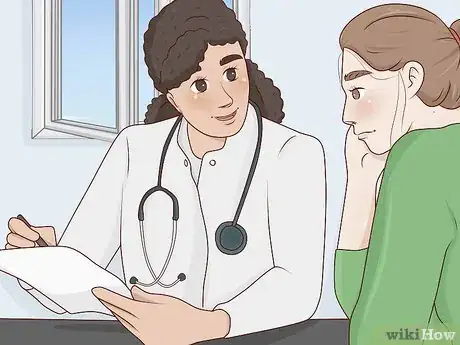

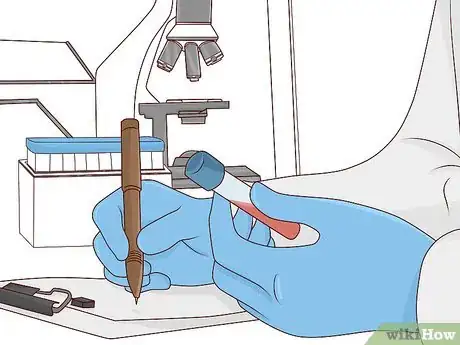
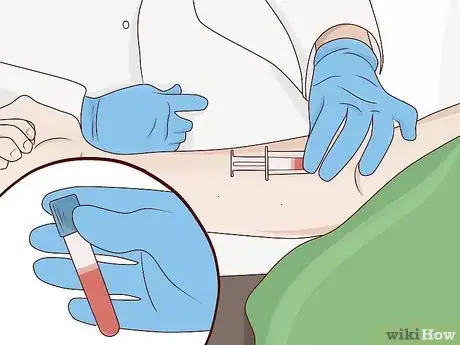
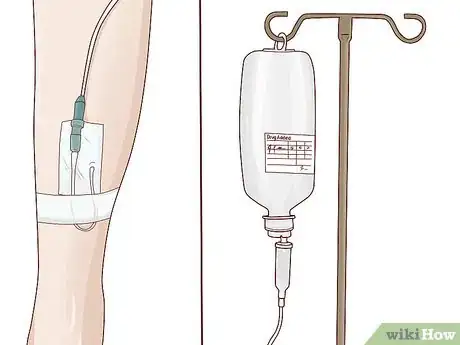
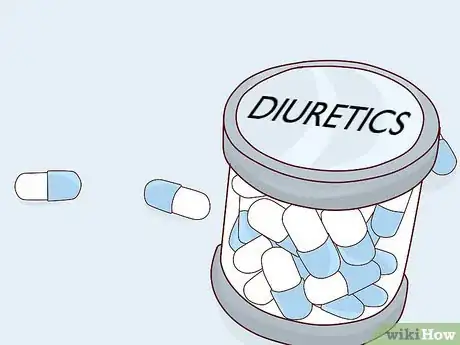
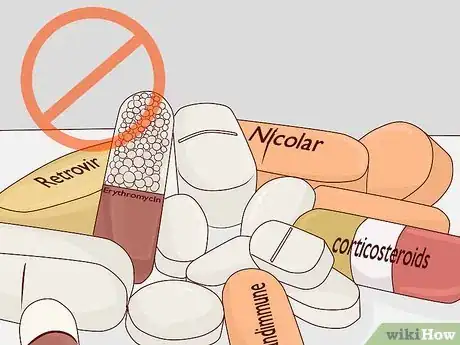
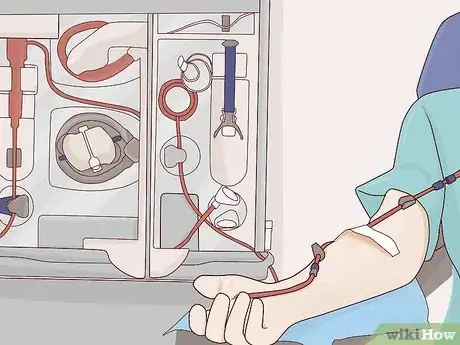

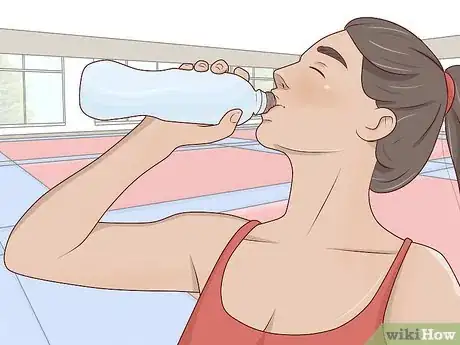
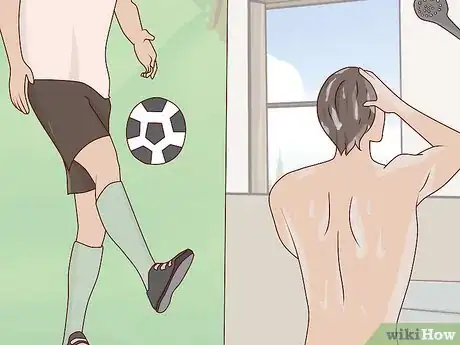

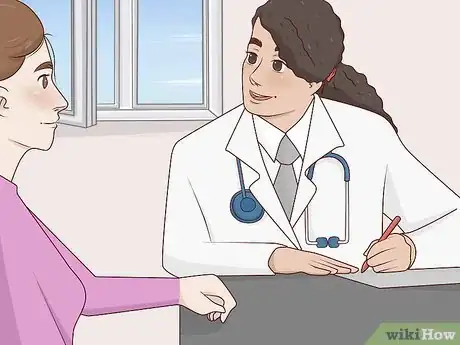
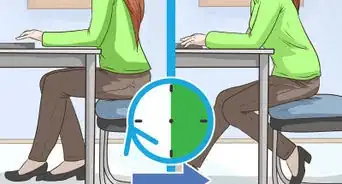

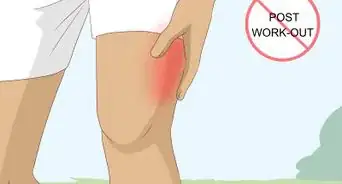
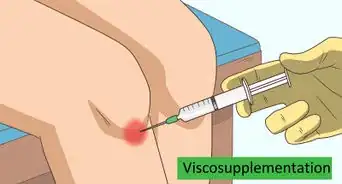

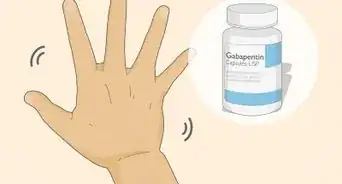


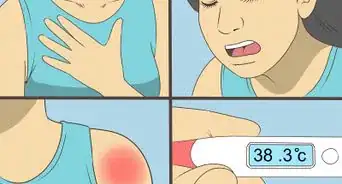



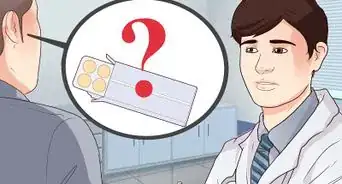
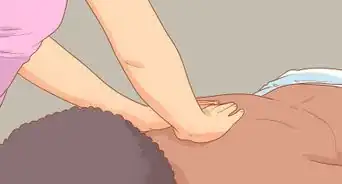









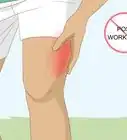
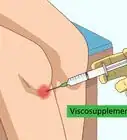




































Medical Disclaimer
The content of this article is not intended to be a substitute for professional medical advice, examination, diagnosis, or treatment. You should always contact your doctor or other qualified healthcare professional before starting, changing, or stopping any kind of health treatment.
Read More...